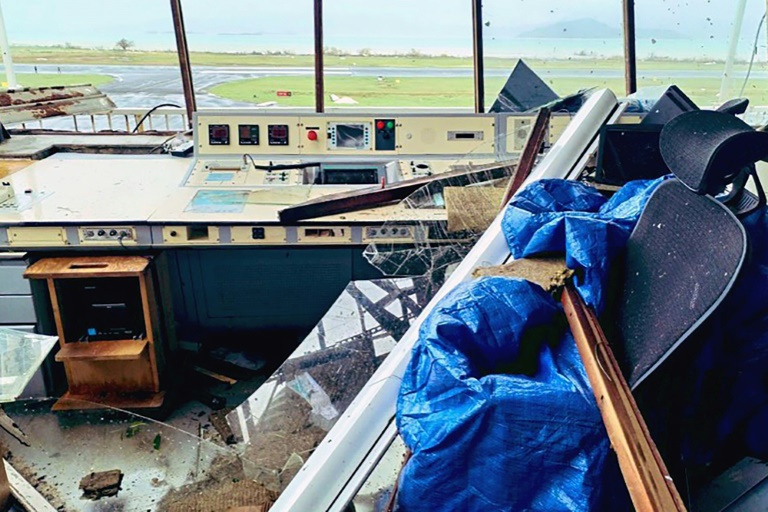Colombian authorities, along with international partners, seized 225 tons of cocaine this week, marking the largest haul ever recorded in a single anti-narcotics operation. The effort, known as Operation Orion, involved 62 countries and resulted in the interception of six semi-submersible vessels, one of which was on a new drug trafficking route to Australia.
The operation confiscated a total of 1,400 tons of illegal drugs. More than 400 people were arrested, and illegal arms shipments and migrant trafficking operations were also disrupted. The cocaine seizure is a significant blow to the global narcotics trade, considering yearly production is estimated at 2,700 tons. This means over 8% of 2024’s production was seized in a single operation.
Captain Manuel Rodríguez, director of the Colombian navy’s anti-narcotics unit, emphasized the impact of the operation, saying it would prevent thousands of deaths and deprive cartels of an estimated $8.5 billion in revenue.
The success of the operation was attributed to unprecedented international collaboration. Partner countries, including the U.S., the European Union, and Australia, contributed aircraft, ships, and intelligence-sharing efforts.
A critical breakthrough was the discovery of a new route used to traffic cocaine to Australia. One intercepted semi-submersible vessel, located 1,250 miles southwest of Clipperton Island in the Pacific, carried five tons of cocaine.
These vessels, often referred to as “narco-submarines,” are designed to evade detection by sitting low in the water. They can carry up to 10 tons of cocaine and travel thousands of miles. Officials noted that Australian demand for cocaine, where prices can reach up to $240,000 per kilogram, has incentivized traffickers to adopt innovative strategies to transport larger quantities undetected.







